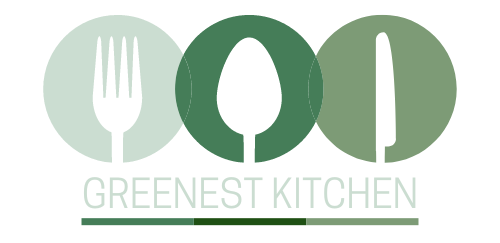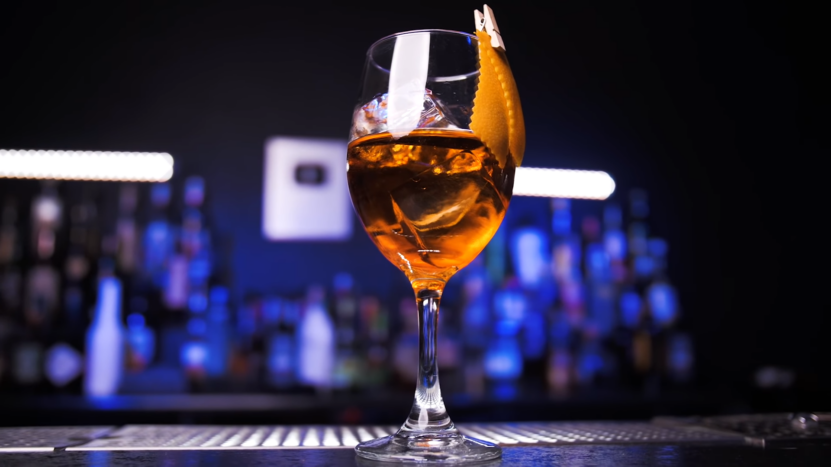For years, Aperol has held a special place in my heart. It’s been my go-to aperitif, the key ingredient in my beloved spritz cocktail, and a trusted companion during relaxed outdoor meals. However, I’ve reached a point where I’m ready to explore some other aperitifs that offer something different and unique.
Just to be clear, this blog post isn’t about overshadowing Aperol in any way. It will always hold the top spot as my personal favorite. However, I’ve been very curious when it comes to new flavors and experiences. After trying some new beverages, I’m eager to share my thoughts and opinions on them.
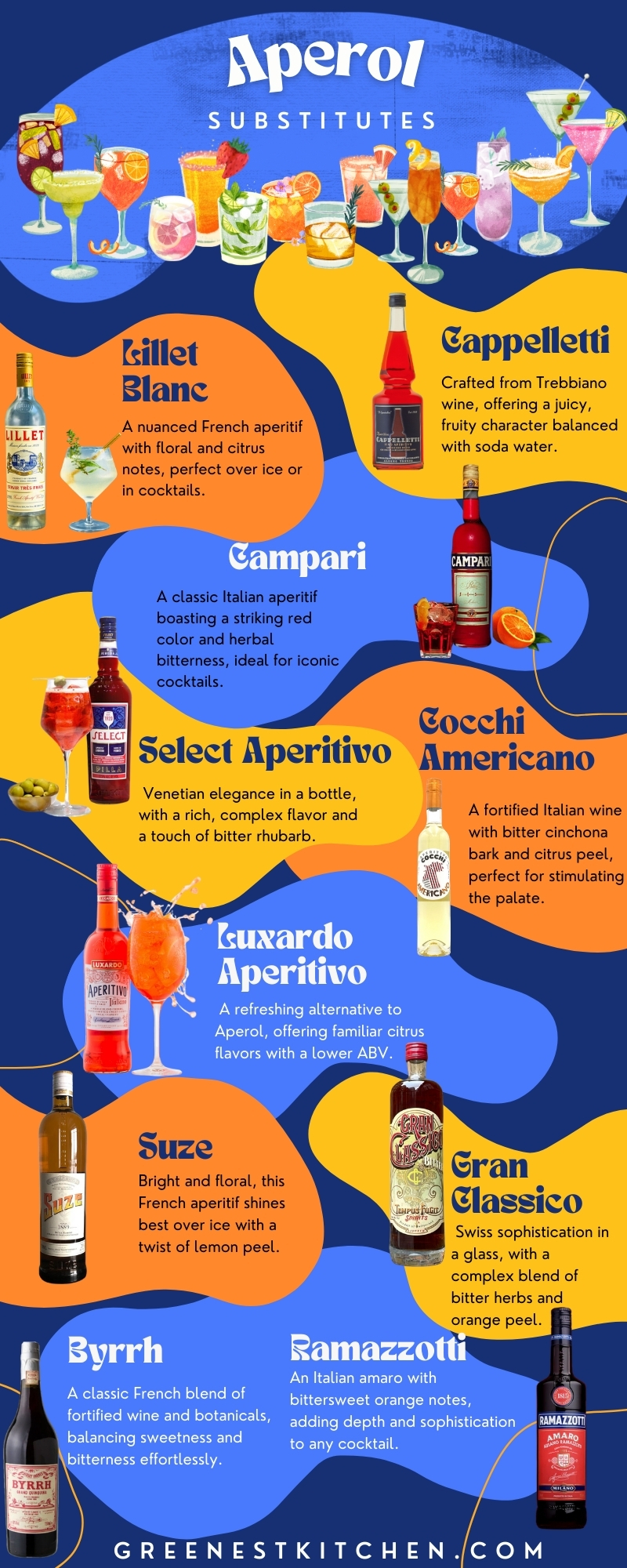
1. Lillet Blanc

The first one I’ve tried is Lillet Blanc. This French aperitif comes from Bordeaux and is a mix of wines and fruit liqueurs, aged in oak for a year. It has a nuanced flavor that’s both bright and rich.
Lillet Blanc is a bit sweeter and has floral, citrus notes, making it a refreshing alternative to the more bitter Aperol. I liked it over ice with a slice of orange, or mixing it with gin and lemon juice for a Corpse Reviver No.2 cocktail.
2. Cappelletti
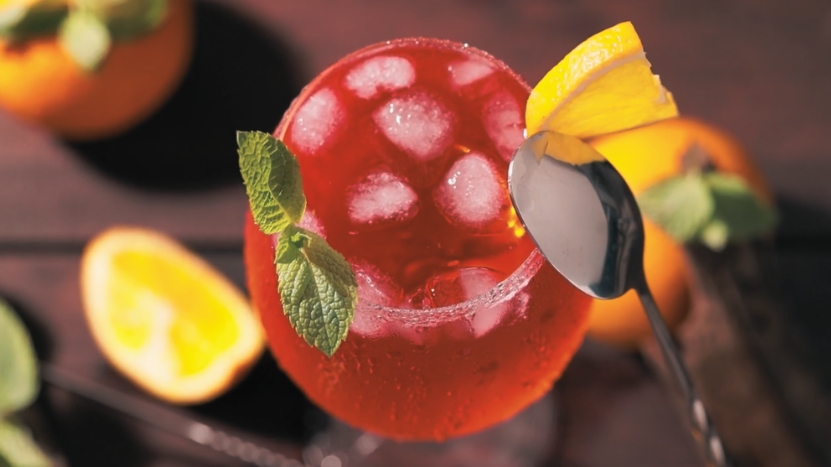
This particular aperitif is crafted from Trebbiano wine and boasts a wonderfully juicy and fruity character. One thing that stood out to me about Cappelletti is its slightly higher alcohol content, coming in at 17 percent ABV. While it’s stronger than Aperol, it doesn’t quite reach the potency of Campari.
I found that adding an extra half-pour of soda water helped to strike the perfect balance. This addition slightly dilutes the aperitif, creating a more approachable and thirst-quenching beverage. It’s similar to the way a classic Aperol Spritz is prepared, where the addition of soda water adds a light touch.
3. Campari
I’ve also been experimenting with Campari, a well-known Italian aperitif with a bitter taste and a bit of sweetness. Its striking red color and herbal blend make it a favorite in cocktails.
I find Campari great in classics like the Negroni and the Campari Spritz. Its bitterness adds an interesting depth to drinks, and it goes well with soda water or citrus juices.
4. Select Aperitivo
This Venetian aperitif has been made using the same recipe since 1920, with 30 botanicals creating a rich, complex flavor. There’s a noticeable bitter taste from the rhubarb and a fresh, piney note from juniper. It tastes of fresh flowers and herbs, ending with a pink grapefruit finish.
With an ABV of 17.5%, it’s a bit stronger than Aperol but still fits perfectly in a classic three-two-one mix. For a true Venetian touch, I use a green olive instead of an orange slice for garnish.
5. Cocchi Americano
Cocchi Aperitivo Americano is an Italian aperitif wine from 1891, made with Moscato di Asti. It’s fortified and flavored with cinchona bark, which gives it a bitter taste, plus citrus peel, spices, and other botanicals.
Cinchona bark, the source of quinine, classifies Cocchi as part of the chinati category, similar to French quinquinas like Dubonnet and St. Raphael.
Created to fight malaria, quinquina and chianti became popular for their herbal complexity and dry bitterness, which stimulate the appetite, making them valued aperitif.
6. Luxardo Aperitivo

Besides their famous cocktail cherries and Maraschino liqueur in straw-covered bottles, Luxardo offers an Aperol alternative that’s very similar. It’s like the Pepsi to Aperol’s Coke, providing a familiar, refreshing spritz with Orange Sunkist aromas and bittersweet grapefruit and orange flavors, though slightly less sweet than Aperol.
It may not have the depth of some other options I’ve explored, but with an 11 percent ABV, it’s incredibly easy to enjoy.
7. Suze

Suze is a French aperitif with a distinctive herbal and floral taste, noticeable for its bright yellow color. It’s made from gentian plant roots, striking a balance between bitter and sweet. The earthy flavor, accented with citrus hints, makes Suze an interesting alternative to Aperol.
I find Suze best enjoyed chilled over ice with a twist of lemon peel, which brings out its refreshing qualities. It also works well with sparkling water or in inventive cocktail recipes, adding complexity and depth to aperitif drinks. For anyone looking to try something different, Suze is definitely worth exploring.
8. Gran Classico

Gran Classico, a Swiss aperitif, features a mix of bitter herbs and roots for a complex, aromatic flavor. Its nice red color enhances cocktails visually. Gran Classico balances bitterness and sweetness, with flavors of orange peel, wormwood, and gentian root.
I find it versatile, great on its own, or in classic cocktails. It really stands out in drinks like the Negroni or the Boulevardier. For those interested in bold, intriguing aperitifs, Gran Classico is an excellent option.
9. Byrrh

Byrrh, a classic French aperitif, blends fortified wine with botanicals for a rich, aromatic flavor. Its deep ruby color and velvety texture are striking. It strikes a balance between sweetness and bitterness, with clear notes of wine, herbs, and spices.
I like to have it over ice, or as a key component in cocktails. It’s versatile, working well in classics like the Byrrh Cassis or Byrrh Frappé.
10. Ramazzotti

Ramazzotti is an Italian amaro that I’ve found works well as an Aperol substitute in aperitif drinks. It has a bittersweet flavor, with strong notes of orange peel, herbs, and spices, offering a rich and complex taste that adds depth to cocktails.
Though often confused due to their similar names, it’s important to note the distinction between Amaro and Amaretto; while amaro boasts a complex blend of herbs and spices, amaretto offers a sweeter almond flavor profile, each lending its own unique character to cocktails and aperitifs.
I enjoy Ramazzotti either neat, on the rocks, or mixed into cocktails. It adds an Italian sophistication to any occasion. Its versatility also invites experimentation, making it a great addition to my collection of aperitif options.
Final Thoughts
Exploring aperitifs beyond Aperol has been an exciting journey for me. While Aperol remains my favorite, I’ve discovered a whole world of other aperitifs with diverse flavors and traditions.
One aperitif I’ve been interested in is Frangelico substitutes. Trying different options has added new dimensions to my exploration and expanded the range of flavors I can enjoy. Ultimately, the best aperitif is the one that brings you the most joy.
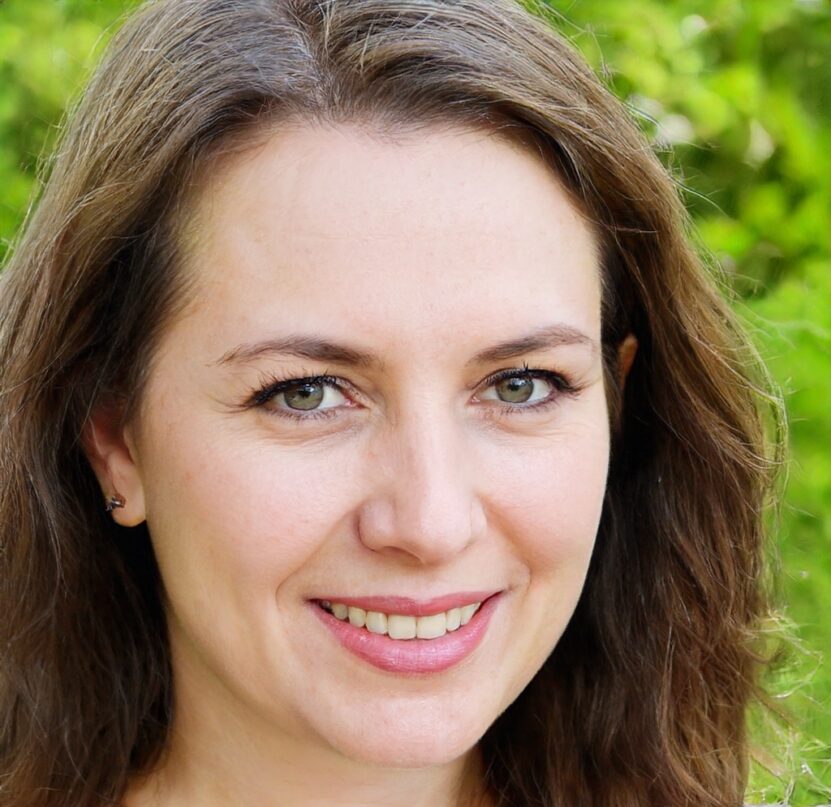
Hi hi! My name is Mavy, I’m a 35 year pastry chef who specializes in everything and anything sweet! I like to challenge myself by decorating all kinds of cakes and creating all sorts of unique cookie flavors.
